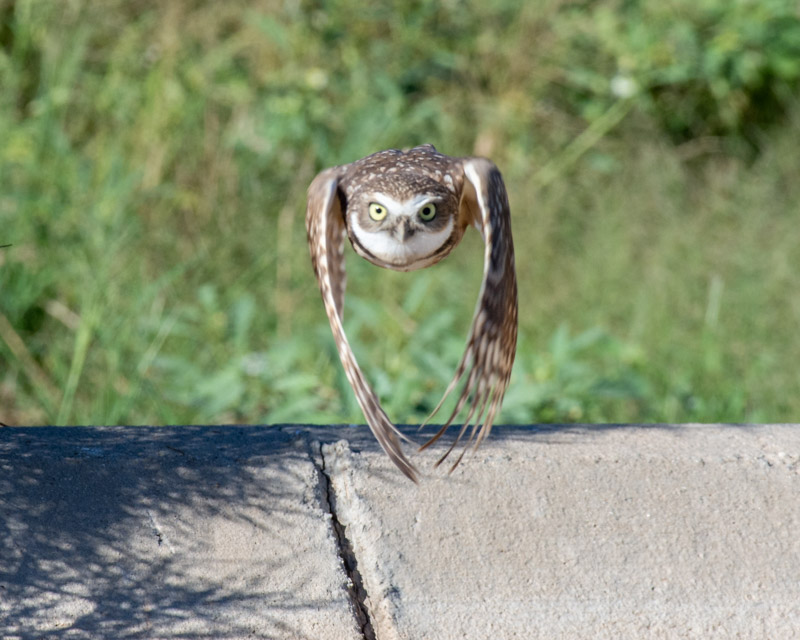By Dan Weisz
Sorry for the misleading headline. Autumn colors probably made you think of beautiful foliage. The posts below don’t really feature any foliage but they do feature beautiful colors of birds photographed during this Autumn. Does that count?
Rosy-faced Lovebirds are native to southwestern Africa. They are a popular cage bird in the U.S. and feral flocks of this species have been reported breeding in residential neighborhoods in Phoenix for several decades now. That is the only known feral population in the U.S., although many other introduced species of parrots have been successful breeding in other cities around the southern U.S. There have been sporadic reports of Rosy-faced Lovebirds in the Tucson area but they have not been able to create a sustainable population, probably thanks to the great numbers of Cooper’s Hawks in Tucson who dine on birds. Also known as Peach-faced Lovebirds, they would make a colorful and easy target for the Cooper’s Hawks.
The pair below were spotted a few weeks ago just west of the University of Arizona, coincidentally, in the front yard of the Tucson Audubon offices.
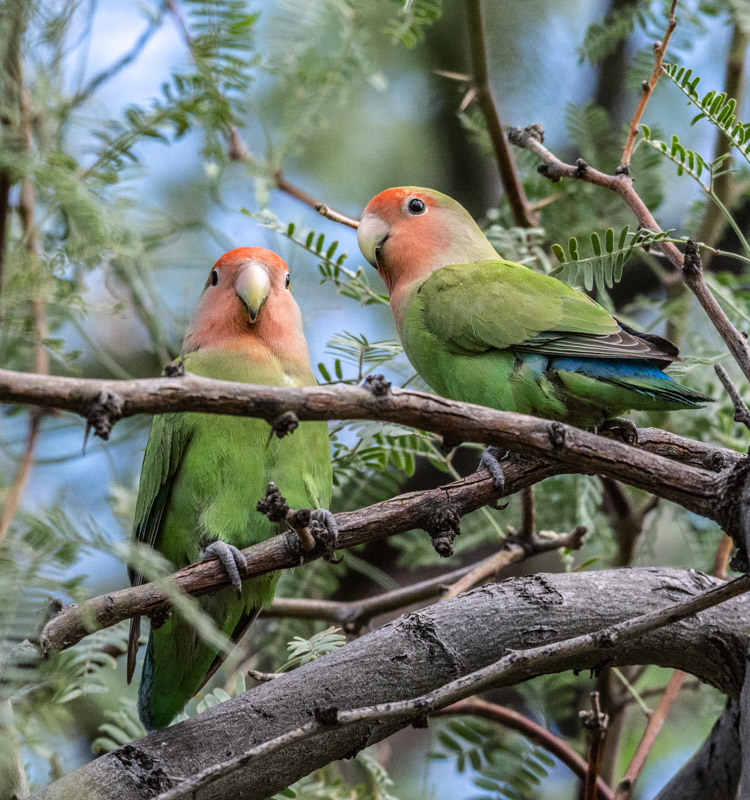
You see, the mesquite leaves are green, but doesn’t the Lovebird have some nice autumn colors in its face?
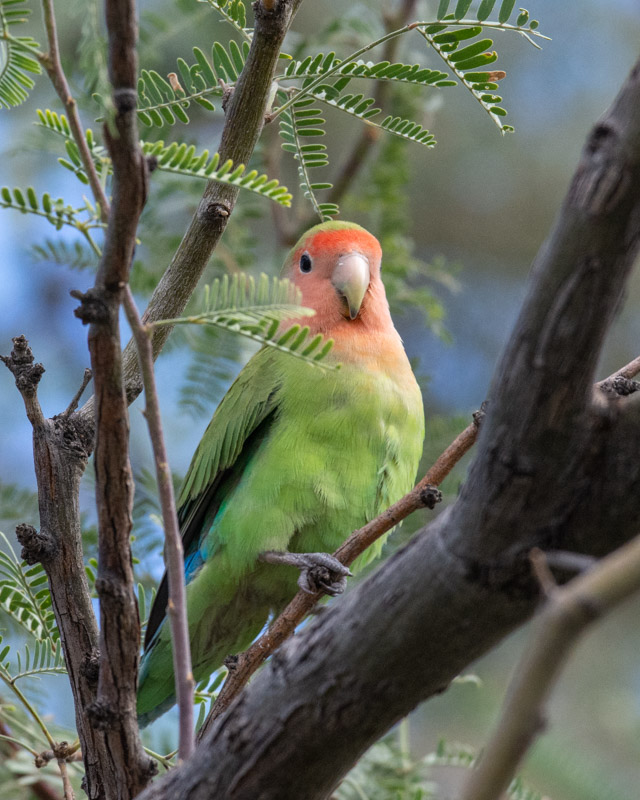
Despite the cool weather, Monarch caterpillars were all over my milkweed plants. My hunch is that most became a snack for birds or lizards but this one formed its chrysalis and, as the orange inside indicates, was ready to emerge. I took this photo one morning and by lunchtime the butterfly had emerged, dried out and flown off.
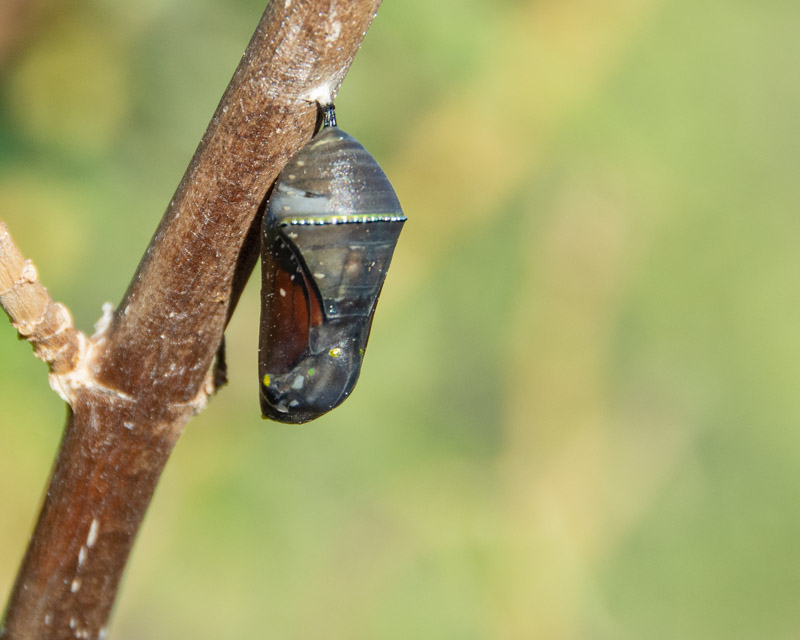
This Rufous Hummingbird perched inside the hummingbird aviary at the Desert Museum.
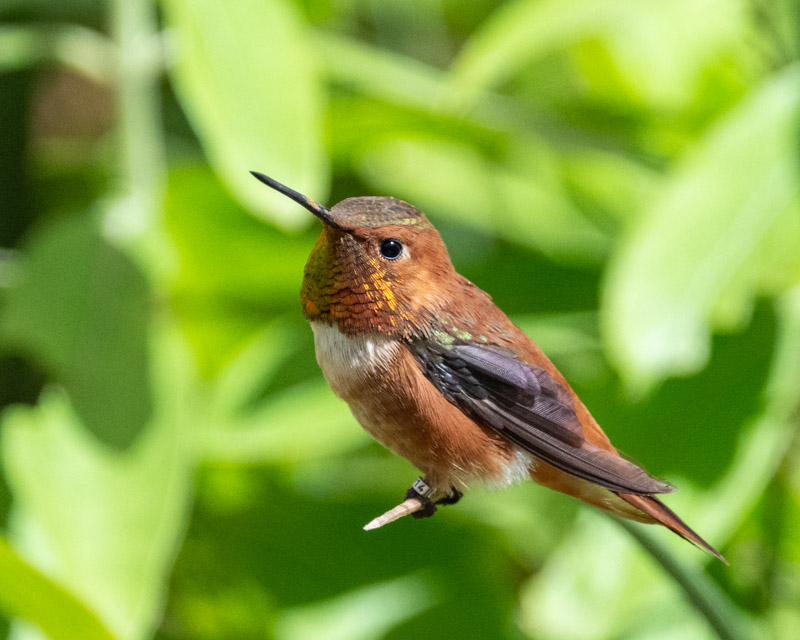
Nearby perched a female Broad-billed Hummingbird. Its lower beak is orange, although not visible in this photo.
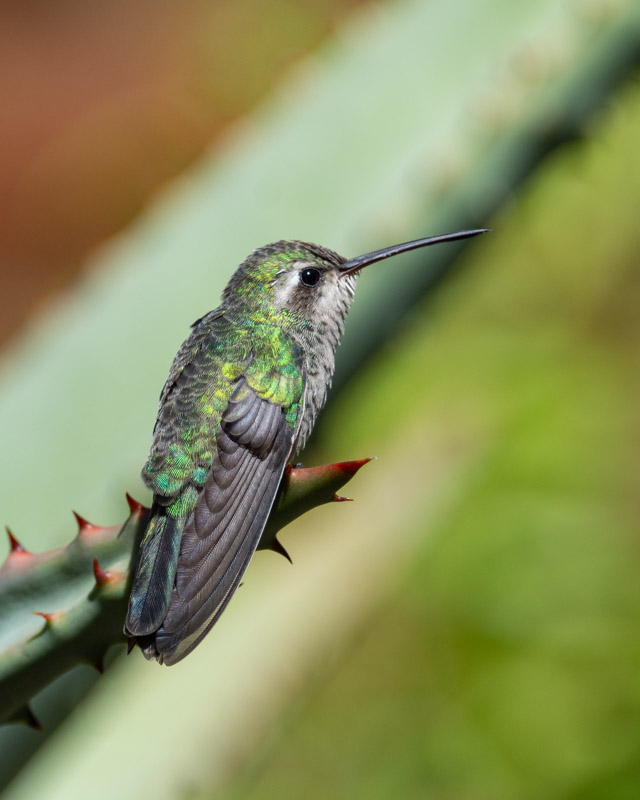
A Western Grebe has been seen at Fort Lowell Park this week. Western Grebes are uncommon winter visitors to southern Arizona. That long neck and long, slender bill are striking but the grebe’s bright red eye is really stunning!
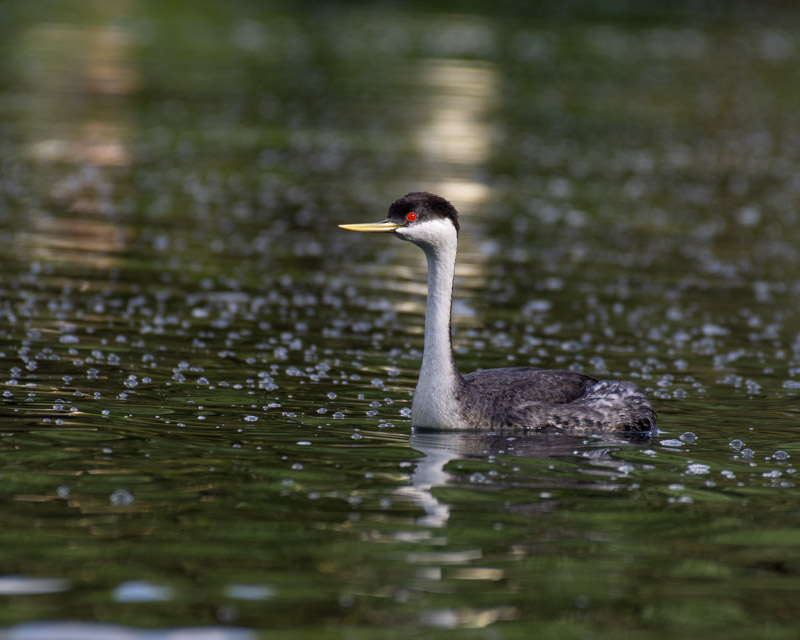
The Western Grebe is a medium sized waterbird but a large sized Grebe.
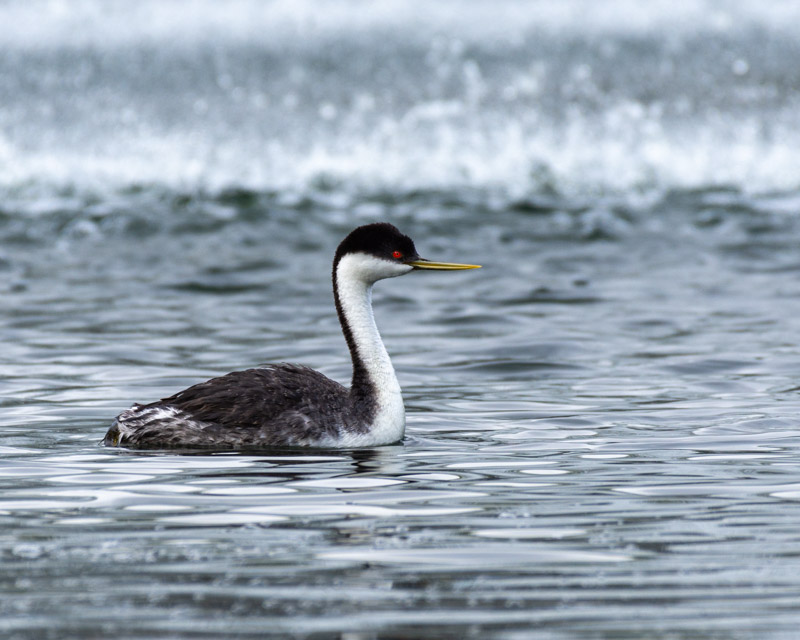
Mallards are another common wintering waterbird in southern Arizona. This handsome male was resting on one leg in the same pond as the Western Grebe at Fort Lowell Park.
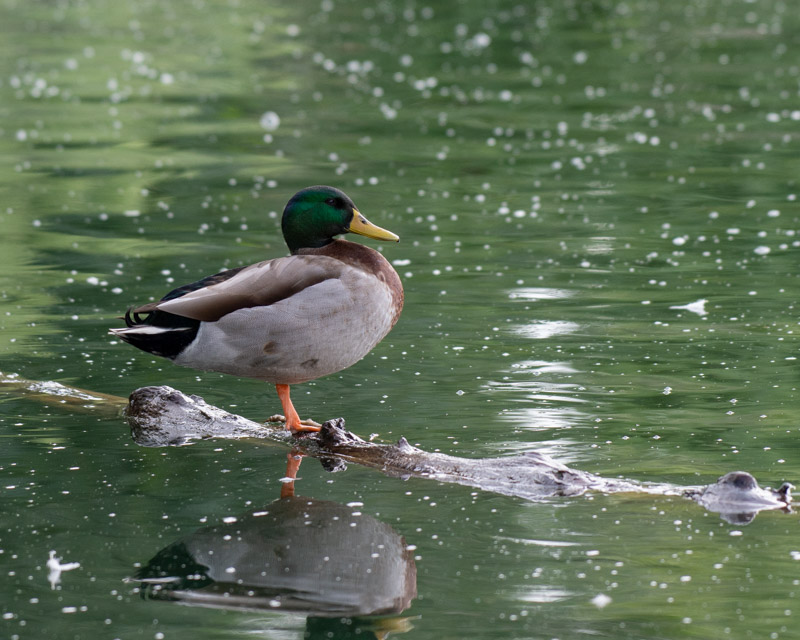
In Marana, this Killdeer was walking along an irrigation ditch very close to one of the Burrowing Owl homes. Its soft brown back and double necklace (or breast band) is unique, but its red eye-ring stands out. We have Killdeer in southern Arizona year-round but their numbers are augmented by winter visitors and you can see Killdeer anywhere there is an open field including ball parks and golf courses in town. The sound of a Killdeer is unmistakeable: https://www.allaboutbirds.org/guide/Killdeer/sounds
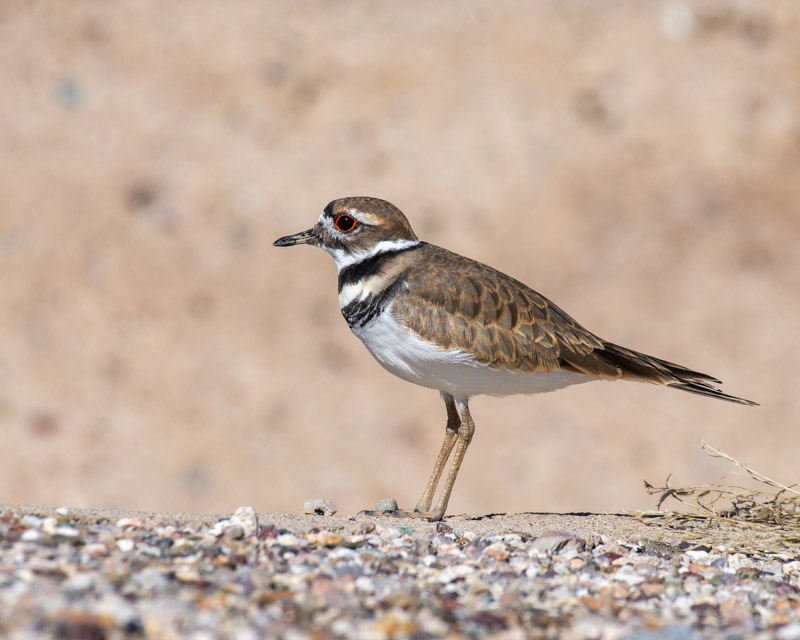
Finally, near the Killdeer were the Burrowing Owls. I forgot to add the photo below to my last email. I love this shot. The Burrowing Owl had been perched on the visible irrigation ditch and flew towards its burrow right in my direction. Enjoy!
